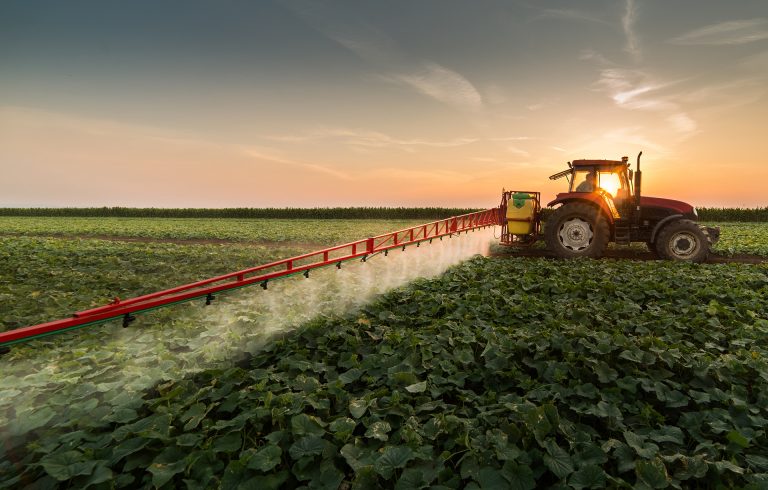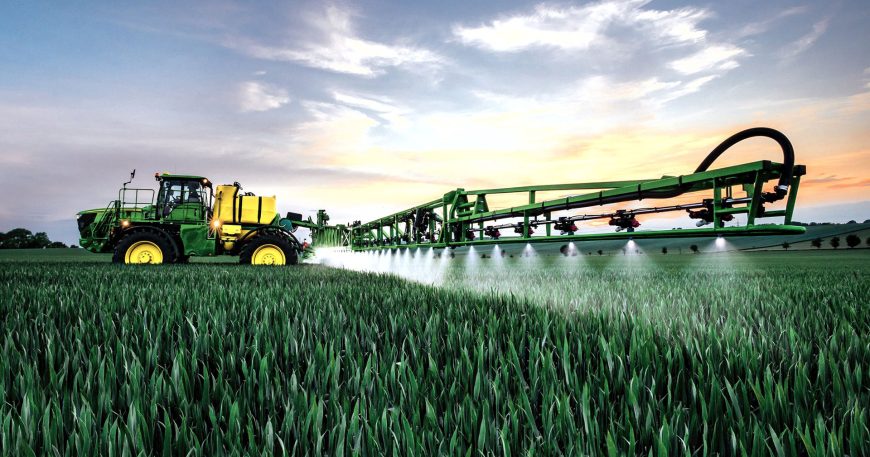Agricultural spraying systems help ensure crop health and yield, but their use also comes with risks. To maximize benefits while minimizing hazards, it is essential to follow best practices for the safe and effective use of agricultural spraying systems.
Understanding the Equipment
Before using any spraying system, it is crucial to thoroughly understand the equipment. Familiarize yourself with the manufacturer’s manual, paying close attention to the operational procedures, maintenance schedules, and safety warnings. Knowing the capabilities and limitations of your sprayer will help you use it more effectively and safely.
Personal Protective Equipment
Wearing appropriate personal protective equipment (PPE) is the first line of defense against exposure to hazardous chemicals. Essential PPE for spraying includes:
- Respirators: To protect against inhalation of harmful aerosols.
- Goggles or Face Shields: To protect eyes from splashes and sprays.
- Gloves: To prevent skin contact with chemicals.
- Coveralls or Aprons: To protect the skin and clothing.
- Boots: To protect feet and lower legs from spills and drips.
Ensure that PPE is made from materials resistant to the chemicals being used and is in good condition. Replace any damaged or worn-out gear immediately.
Proper Calibration and Maintenance of Spraying Systems
Regular calibration and maintenance of spraying equipment are vital for accurate and efficient application. Calibration ensures that the sprayer delivers the correct amount of product, preventing under- or over-application, which can harm crops and the environment. Follow these steps for effective calibration and maintenance:
- Check Nozzles: Inspect nozzles regularly for wear and clogging. Replace damaged nozzles to maintain even spray patterns.
- Test Flow Rates: Measure the flow rate of each nozzle to ensure uniform distribution.
- Adjust Pressure: Maintain the recommended pressure settings to achieve the desired droplet size and coverage.
- Clean Equipment: Rinse tanks, hoses, and nozzles after each use to prevent chemical buildup and cross-contamination.
- Routine Inspections: Perform regular inspections of hoses, filters, pumps, and other components to identify and address any issues promptly.
Safe Handling and Mixing of Chemicals
Handling and mixing chemicals require careful attention to safety protocols to prevent accidents and exposure. Follow these best practices:
- Read Labels: Always read and follow the manufacturer’s instructions on chemical labels, including dosage, mixing instructions, and safety precautions.
- Measure Accurately: Use precise measuring tools to ensure the correct concentration of chemicals.
- Mix in Well-Ventilated Areas: Perform mixing in well-ventilated areas or outdoors to avoid inhaling fumes.
- Avoid Spills: Use spill containment measures and be prepared with spill kits to address accidental releases.
- Dispose of Waste Properly: Follow local regulations for the disposal of chemical containers and leftover mixtures.
Environmental Considerations
Spraying can have significant environmental impacts if not managed properly. Implement these practices to minimize environmental harm:
- Buffer Zones: Establish buffer zones around sensitive areas such as water bodies, residential areas, and wildlife habitats to prevent contamination.
- Weather Conditions: Avoid spraying during windy conditions to reduce drift and on rainy days to prevent runoff.
- Targeted Application: Use precision spraying techniques to target specific areas and reduce the amount of chemicals used.
- Drift Reduction: Employ drift reduction technologies such as low-drift nozzles and shields.

The Environmental Benefits of Using Air Sprayers in Agriculture
Traditional spraying methods often lead to inefficiencies and environmental harm due to over-application and drift. Air sprayers, however, offer a promising solution.
Precision and Efficiency: Reducing Chemical Usage
Air sprayers are designed to deliver chemicals more precisely and efficiently than traditional ground sprayers. This precision is achieved through several key features:
Targeted Application: Air sprayers use a stream of air to carry droplets of pesticides or fertilizers directly to the target crops. This targeted approach ensures that the chemicals are applied exactly where needed, reducing the amount required and minimizing wastage.
Uniform Coverage: The air stream helps to distribute the chemicals evenly across the crop surfaces. This uniform coverage ensures that every part of the plant receives the necessary treatment, leading to more effective pest and disease control with less product.
Variable Droplet Sizes: Modern air sprayers can adjust the droplet size based on the application needs. Smaller droplets are ideal for covering larger surface areas, while larger droplets are better for targeting specific pests or diseases. This flexibility further enhances the efficiency of chemical use.
Promoting Sustainable Farming Practices with Holsan
The adoption of air sprayers is a step towards more sustainable farming practices. By reducing chemical usage and minimizing drift, air sprayers contribute to a healthier environment and more resilient agricultural systems. Some of the broader benefits include:
Lower Environmental Footprint: Reduced chemical usage means fewer pollutants entering the ecosystem. This lower environmental footprint is critical for the long-term sustainability of farming operations.
Cost Savings: Efficient chemical application translates to cost savings for farmers. Lower input costs and reduced need for reapplications can improve the economic viability of sustainable farming practices.
Enhanced Crop Quality: Precise application of chemicals can lead to healthier crops with better yields. This improvement in crop quality supports food security and farmer livelihoods.


